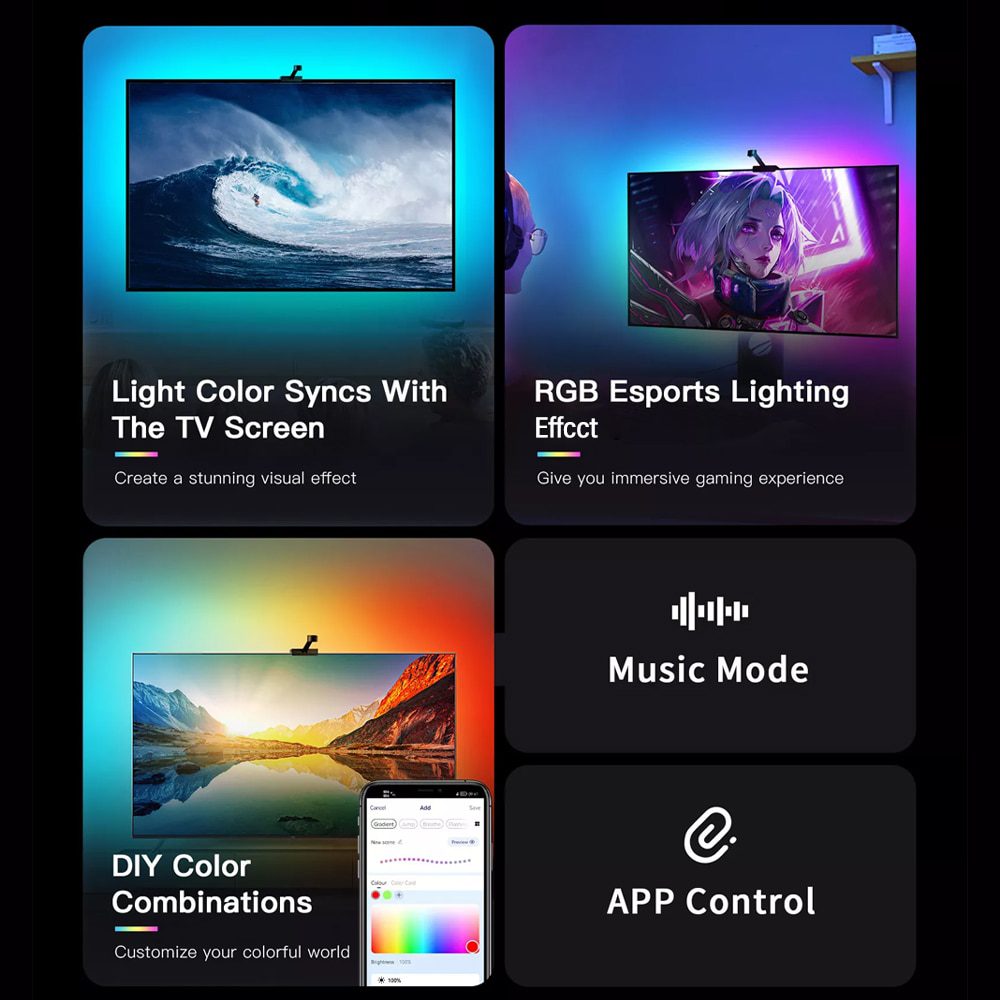Visual effects play an important role in creating captivating and immersive worlds in video games. There are several types of visual effects, including lighting, particle, post-processing, animation, and UI. Tools and techniques used include particle systems, shader programming, animation software, post-processing software, and game engines like Unity and Unreal. However, developers face challenges like performance constraints, integration issues, maintaining artistic direction consistency, and ensuring a positive user experience. By using the right tools and balancing aesthetics with smooth gameplay, developers can create captivating visual effects that transport players to new and exciting worlds.
Visual Effects in Games: Creating Stunning and Immersive Worlds
Introduction
In the world of video games, visual effects play a crucial role in creating captivating and immersive worlds for players to explore. Whether it’s the realistic shadows cast by a flickering torch in a dark cave or the explosive special effects of a massive battle scene, visual effects are what make gaming experiences truly unforgettable. In this article, we’ll explore how visual effects are created in games and how they help to transport players to new and exciting worlds.
Types of Visual Effects in Games
There are several types of visual effects used in games, each with its own unique purpose:
- Lighting Effects: Lighting effects are used to create realistic and immersive environments by mimicking the way light behaves in the real world. This can include shadows and reflections, as well as more complex effects like volumetric lighting and god rays.
- Particle Effects: Particle effects are used to simulate small, complex animations like fire, smoke, and explosions. These effects can add a sense of realism and excitement to gameplay.
- Post-processing Effects: Post-processing effects are a type of visual effect that is applied after the scene has been rendered. These effects include bloom, motion blur, and depth of field, and can be used to create a cinematic look and feel.
- Animation Effects: Animation effects are used to bring characters and creatures to life, and to create realistic movements like walking, jumping, and attacking.
- Visual Effects for UI: UI (User Interface) elements like menus and HUDs (heads-up displays) can benefit from visual effects that add depth, movement, and interactivity.
Tools and Techniques for Creating Visual Effects in Games
Creating visual effects for games requires a combination of technical skill, creativity, and the right tools. Here are some of the most commonly used tools and techniques:
- Particle Systems: Particle systems are collections of particles that can be programmed to behave in specific ways. These systems are used to create complex animations like fire, smoke, and explosions.
- Shader Programming: Shader programming allows developers to create custom effects like reflections and shadows by manipulating the way light interacts with objects in the game world.
- Animation Software: Animation software like Maya is used to create realistic movements for characters and creatures. These animations can be exported to the game engine for integration with the game.
- Post-processing Software: Post-processing software like Photoshop is used to create effects like bloom and depth of field. These effects can be saved and applied to the scene in the game engine.
- Game Engines: Game engines like Unity and Unreal are used to build and run games. These engines have built-in visual effects tools and can be programmed to create custom effects.
Challenges in Creating Visual Effects for Games
Creating stunning visual effects for games is not without its challenges. Here are some of the key obstacles that developers face:
- Performance Constraints: Visual effects can be resource-intensive, meaning that they can negatively impact a game’s performance. Developers need to balance the desire for impressive effects with the need for smooth gameplay.
- Integration Issues: Integrating visual effects into a game can be a complex process, especially if the effects are created by external tools or software. Developers need to ensure that the effects work seamlessly with the game engine and other game elements.
- Artistic Direction: Visual effects must be consistent with the artistic direction of the game. For example, it wouldn’t make sense to have realistic lighting effects in a cartoon-style game.
- User Experience: Visual effects can affect the user experience, both positively and negatively. Developers need to ensure that the effects enhance gameplay rather than detracting from it.
Conclusion
Visual effects are an essential component of modern video games. From realistic lighting effects to explosive particle effects, these effects help to create immersive and captivating gameplay experiences. By using the right tools and techniques, developers can create stunning visual effects that transport players to new and exciting worlds.
